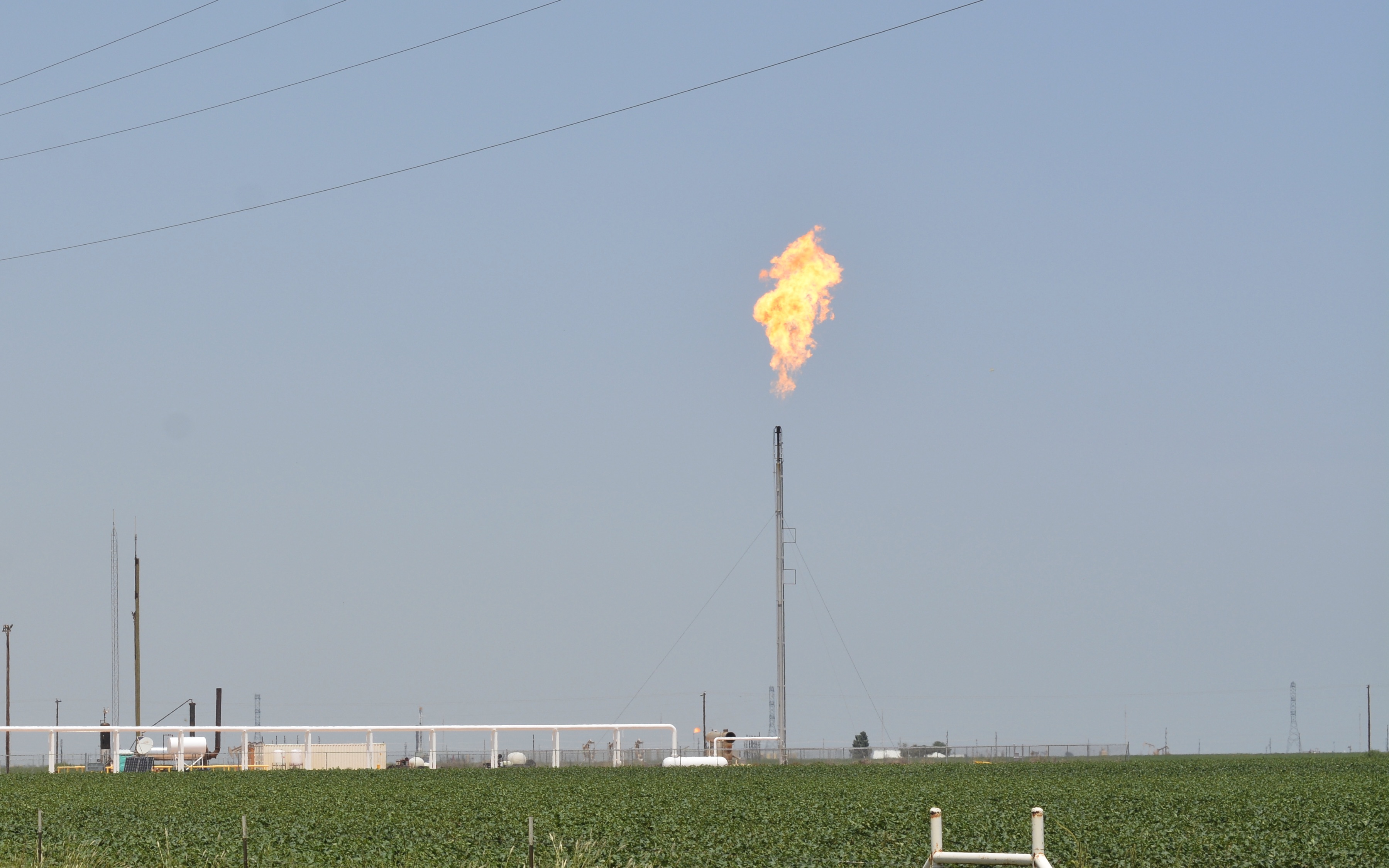One day soon, carbon-free green hydrogen could play a role in energy portfolios around the world. Proposals for hydrogen production facilities are popping up across the United States and Europe, and both the Biden administration and the European Union have touted efforts to lower the cost of green hydrogen production as part of their commitments to slash carbon emissions by 2030 and achieve net zero emissions by 2050.
But amid all the buzz about how hydrogen is the future of clean energy, there’s also a lot of confusion about how clean hydrogen really is. So let’s clear the air. First, some basic definitions:
- Green hydrogen: Also sometimes called “renewable hydrogen,” is produced by separating water into hydrogen and oxygen using electrolysis powered by solar, wind, or other renewable energy and then used as a clean fuel or industrial feedstock. No carbon emissions are released during its production or from its use.
- Gray hydrogen: Also known as “methane hydrogen,” it is produced by separating methane into hydrogen and carbon dioxide gas in a process called “steam reformation,” typically powered by fossil fuels. In addition to the carbon dioxide released in the reformation process, the fracked gas used in this process leaks significant amounts of methane, a powerful greenhouse gas 87 times more potent than carbon dioxide over a twenty-year timeframe.
- Blue hydrogen: This is the same as gray -- hydrogen is produced from methane -- except the waste carbon dioxide gas is captured and sequestered or utilized. But sequestering carbon still carries unknowns, and today most captured carbon dioxide gets used to force yet more gas out of the ground. And like gray hydrogen, methane leakage from wells, compressors, and pipelines still contributes greenhouse gas pollution.
So where’s the hype? Green hydrogen has an interesting potential for certain hard-to-decarbonize applications. For instance, it could support the decarbonization of agriculture, long-haul shipping and aviation, and potentially steelmaking, cement production, and some quantity of electricity generation and long-duration energy storage.
On the other hand, gray and blue hydrogen are essentially just fossil fuels by another name. 95 percent of the world’s hydrogen is methane-based and its production already accounts for about three to four percent of global carbon emissions.The fossil fuel industry is hoping that decision-makers and the public won’t notice the critical difference between green and fossil-based hydrogen, and are exploiting that confusion. Fossil fuel interests are hoping to take advantage of hydrogen’s growing popularity in order to create new markets for dirty fracked gas by marketing it as a low-carbon option with a false promise that eventually it might derive from a renewable source.
With the world waking up to the benefits of clean electricity, gas utilities claim they can decarbonize by blending or swapping out fracked gas with hydrogen. Unfortunately, hydrogen is known to corrode existing steel pipelines and isn’t compatible with existing gas appliances like furnaces, water heaters, and stoves. That means operating homes and buildings on hydrogen would require replacing most of the existing pipeline system and every gas appliance in the country - a scenario that would be phenomenally more expensive than simply converting more buildings to run on clean electricity.
Because hydrogen is still expensive to produce and difficult to transport, right now less than one percent of hydrogen used in the energy sector is green. Investments in making this process cheaper and more efficient are one piece of a clean energy transition, but it’s critical that they support clean, green hydrogen, rather than falling for the fossil fuel industry’s bait and switch. Wasting valuable time and resources on dirty, gray hydrogen will only equal increased fossil fuel development, worsened pollution, and climate disaster.
Put simply, green hydrogen might be a last mile solution for a limited number of uses that are hard to decarbonize, but right now the fossil fuel industry is using it as an excuse to continue making us more dependent on fracked gas. The Biden administration must take a firm position against fracked gas in any form, including dirty hydrogen. We urge the Department of Energy to stop providing loan guarantees and further subsidizing fracked gas in the form of dirty hydrogen.
